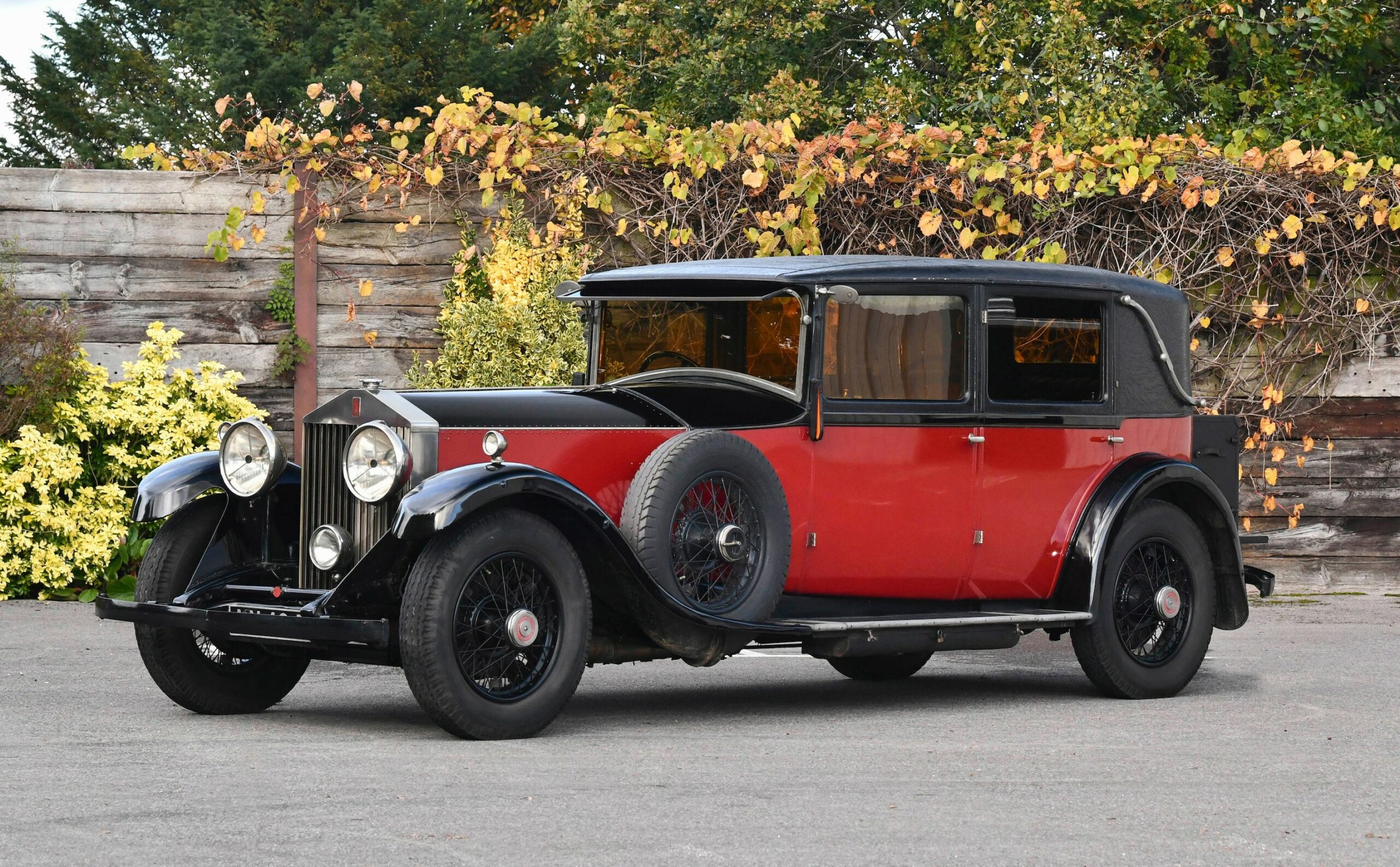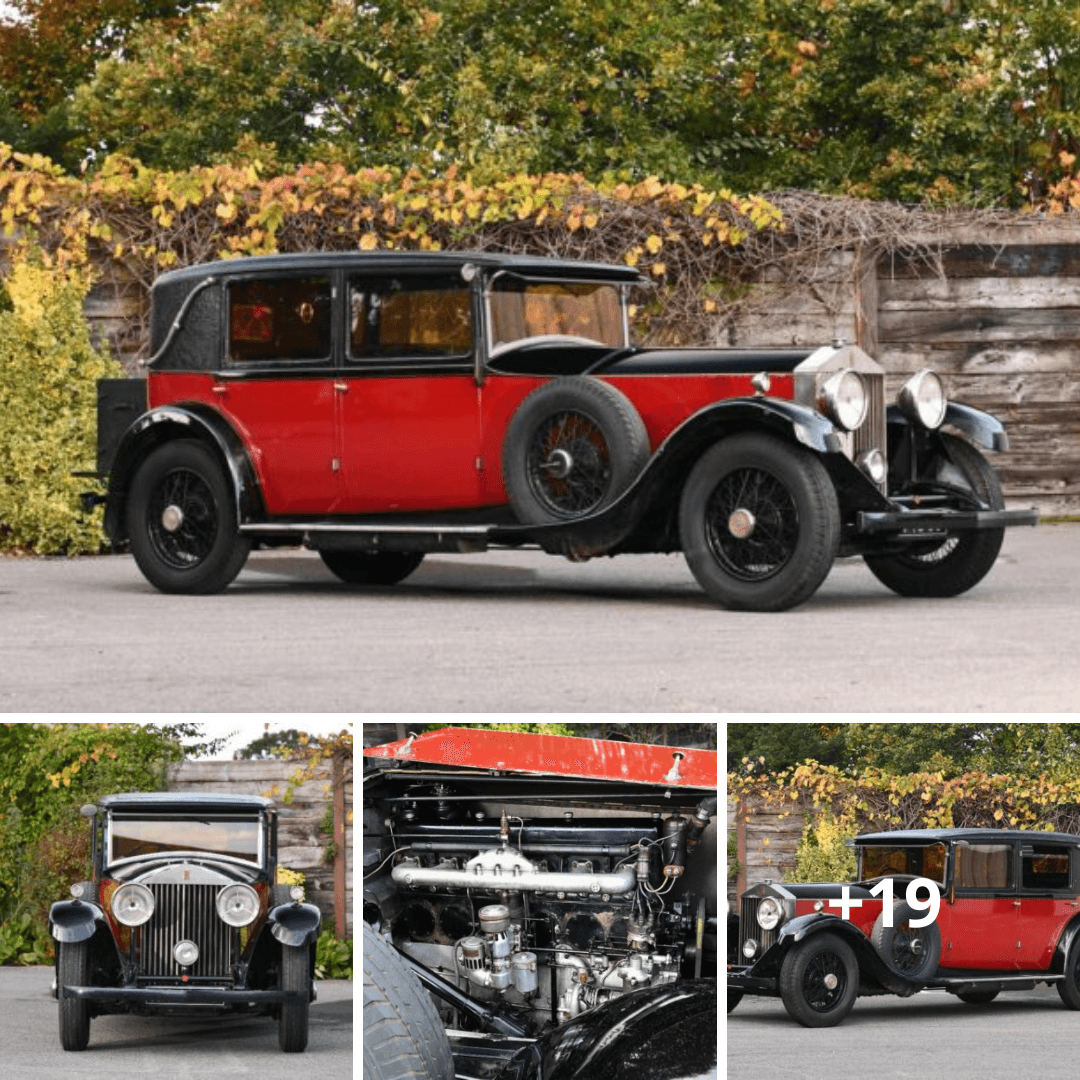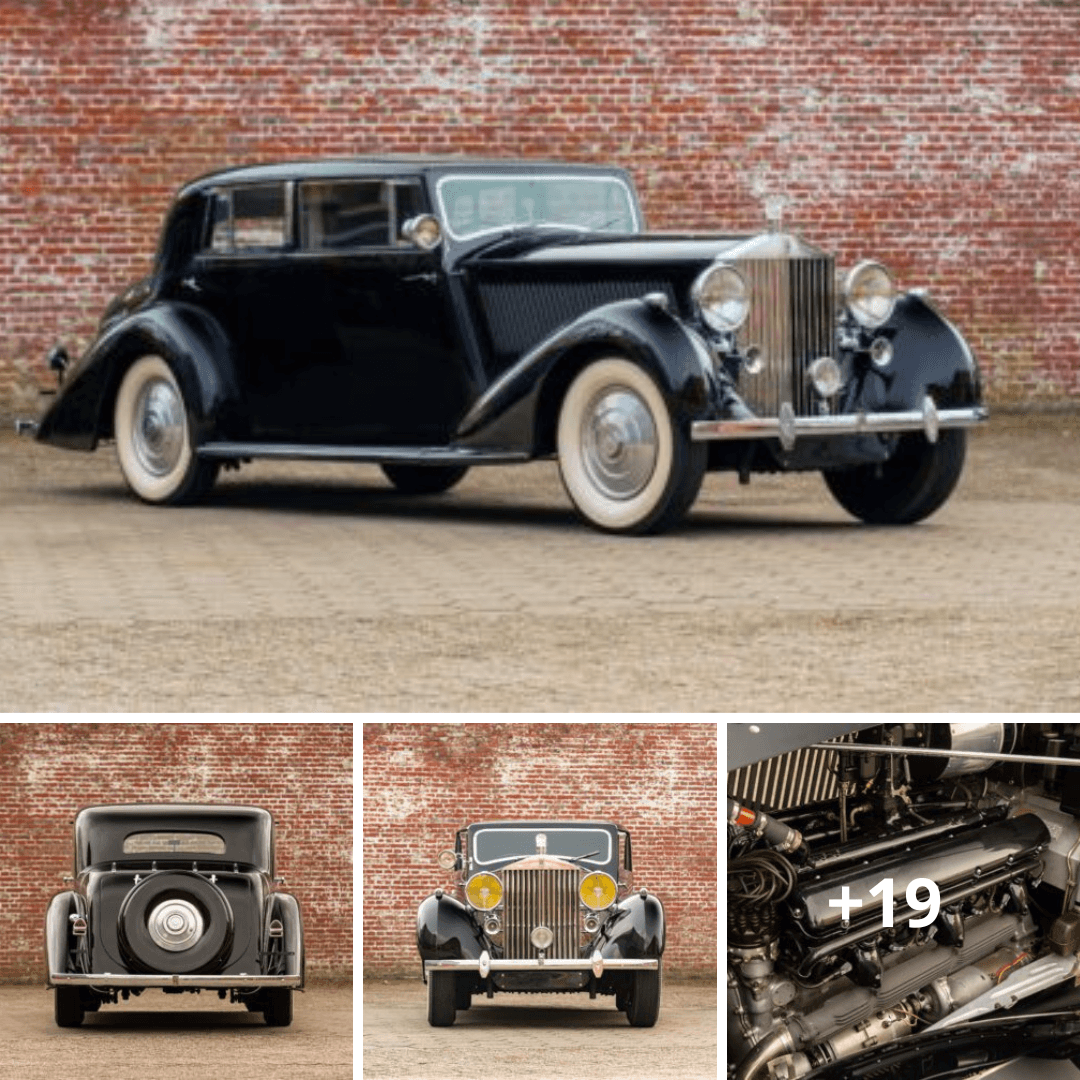Classic Opulence: Unveiling the 1930 Rolls-Royce Phantom II Weymann Saloon
Pho Nguyen
- 19 Apr 2024

With deliveries beginning in September of that same year, the Phantom II marked a key advance in the automobile industry. It was introduced in 1929 as the successor to the New Phantom, which is now known as the Phantom I due to its historical significance. In contrast to its predecessor, which had inherited its foundations from the 40/50 horsepower vehicle that came before it, the Silver Ghost, the Phantom II had an entirely new chassis throughout its entire design.
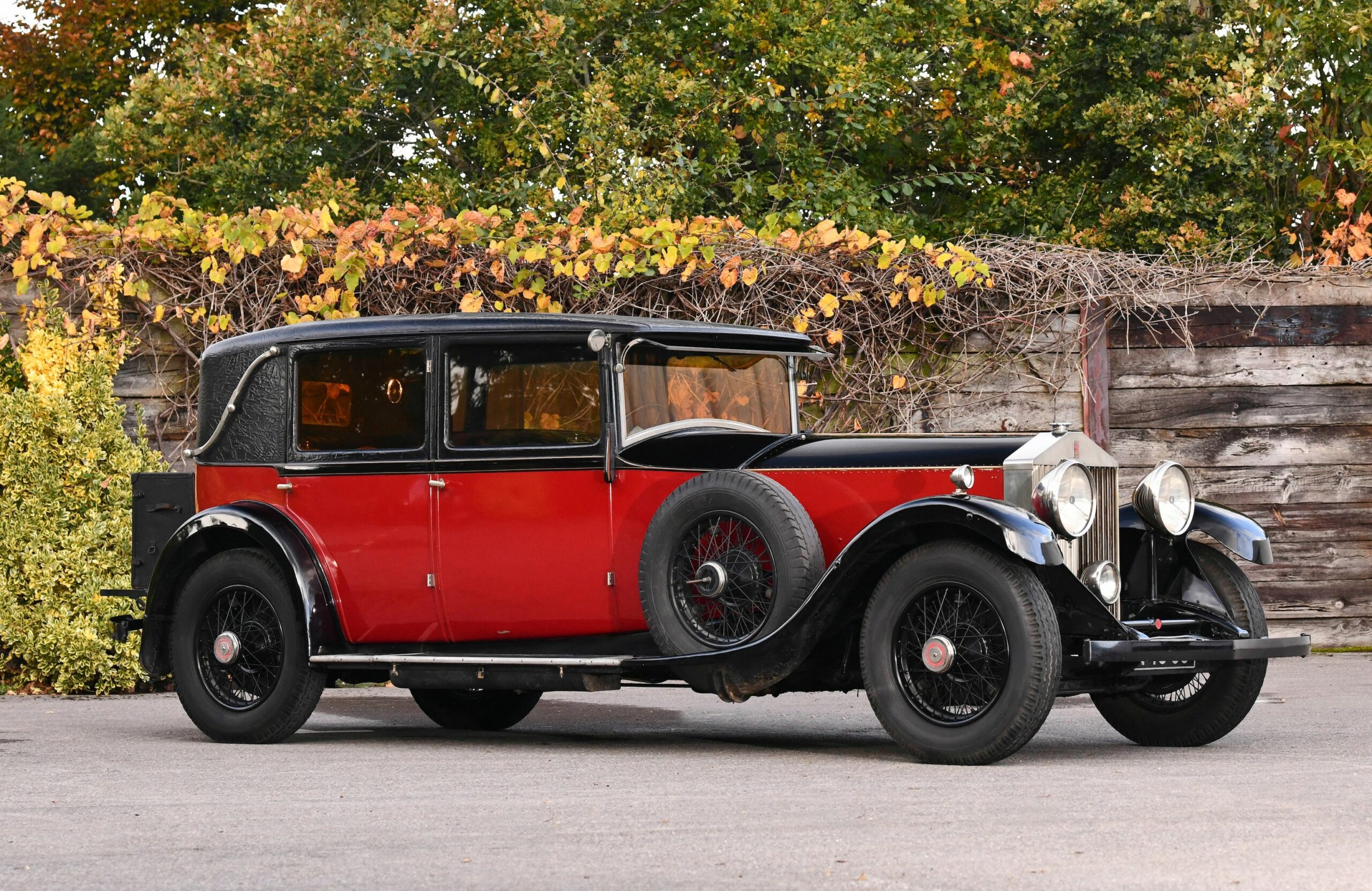
The new low-slung frame, which was available in two wheelbase lengths—144 inches and 150 inches—provided a foundation for coachbuilders to develop designs that were more streamlined and contemporary in comparison to the upright types that were prevalent in the past.
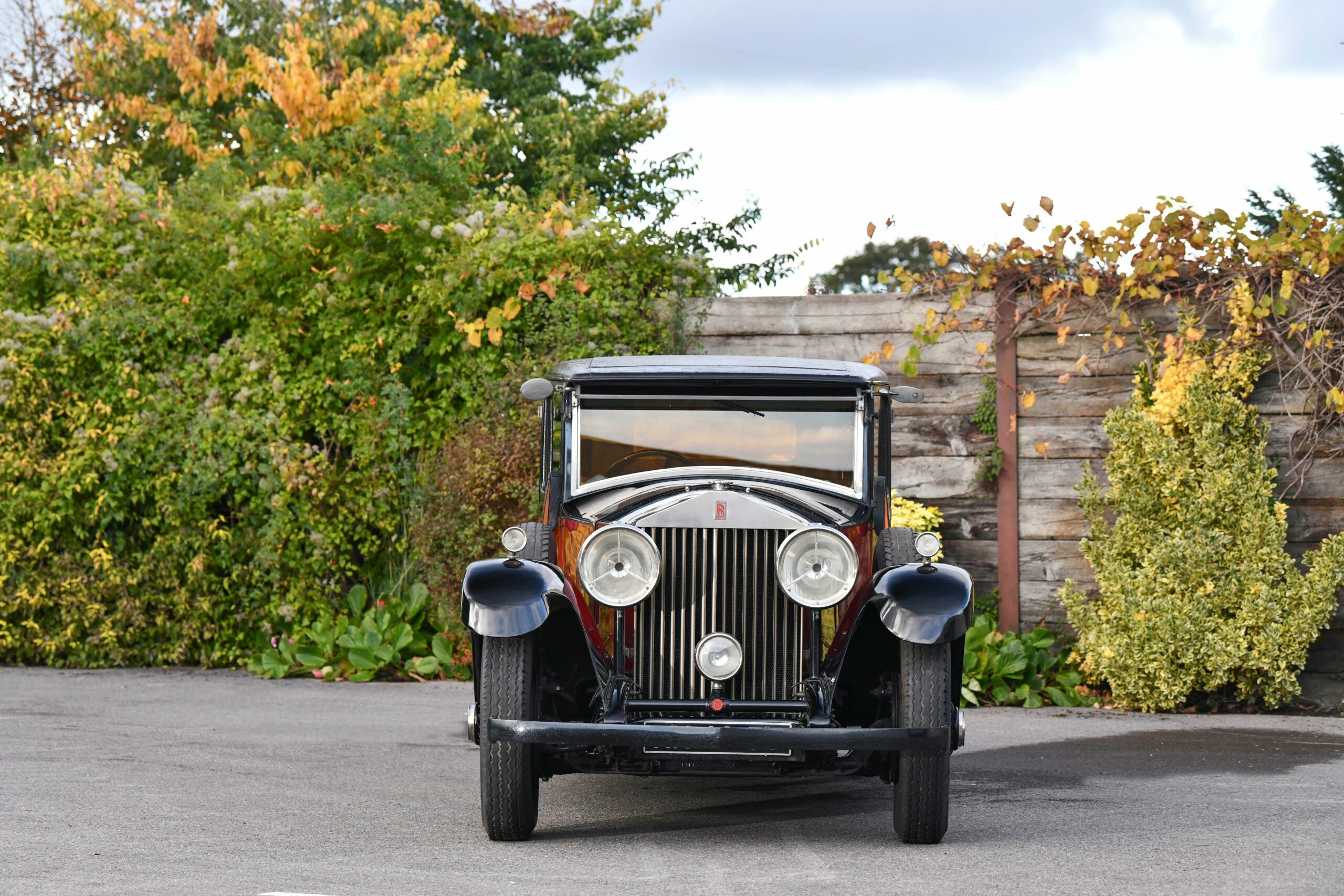
In addition, the engine underwent a significant amount of modification. The combustion chambers were redesigned although the dimensions of the cylinders and the basic configuration of the Phantom I were preserved. The basic layout consisted of two blocks of three cylinders with a shared aluminum cylinder head. A cross-flow design was implemented for the cylinder head, which meant that the inlet and exhaust manifolds were located on opposing sides of the head.
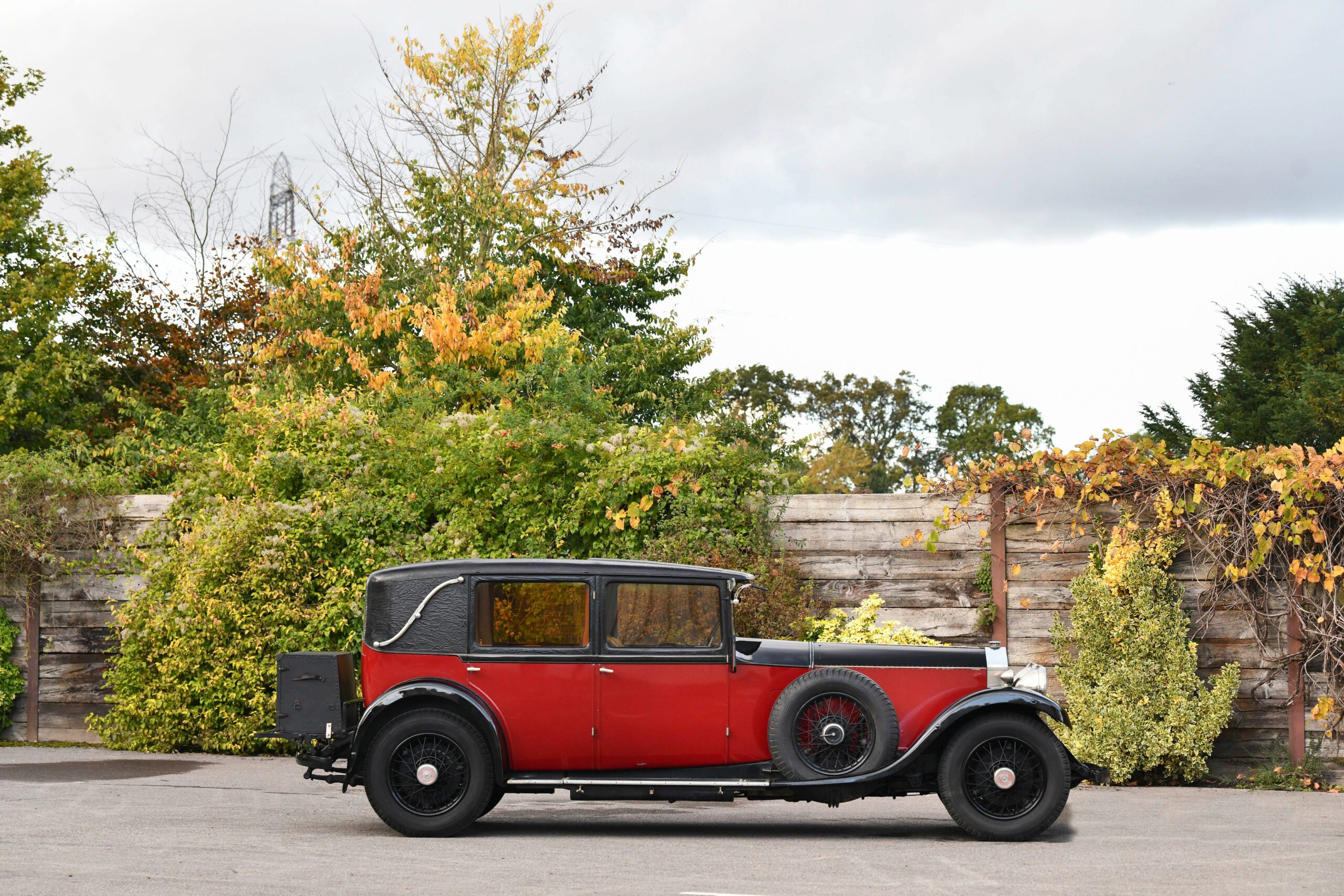
As was the case with the Phantom I, the magneto-coil dual ignition system was kept in place. A significant improvement in performance was achieved as a consequence of these engine changes, which exemplified the Phantom II’s enhanced capabilities.
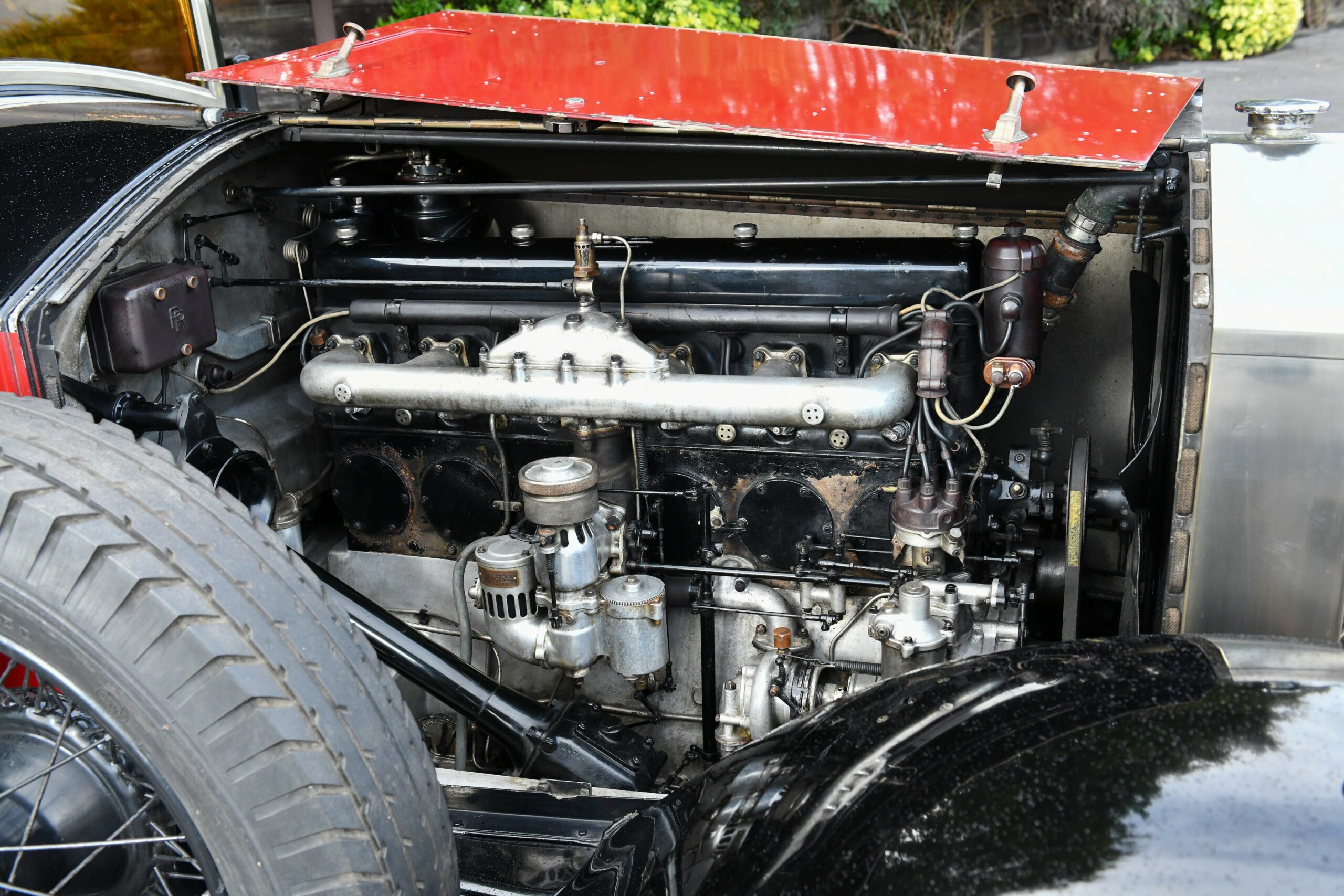
.
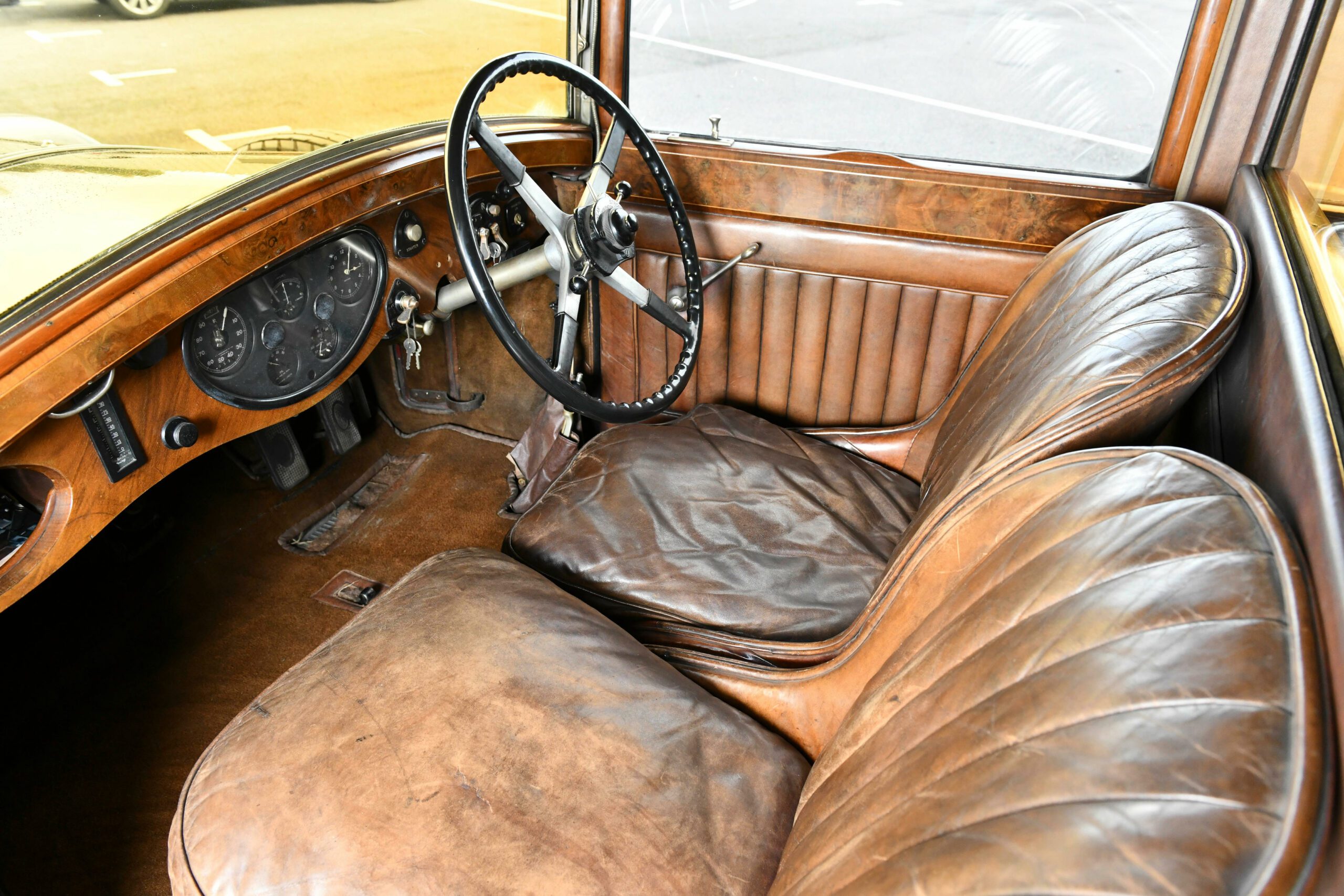
.

.
